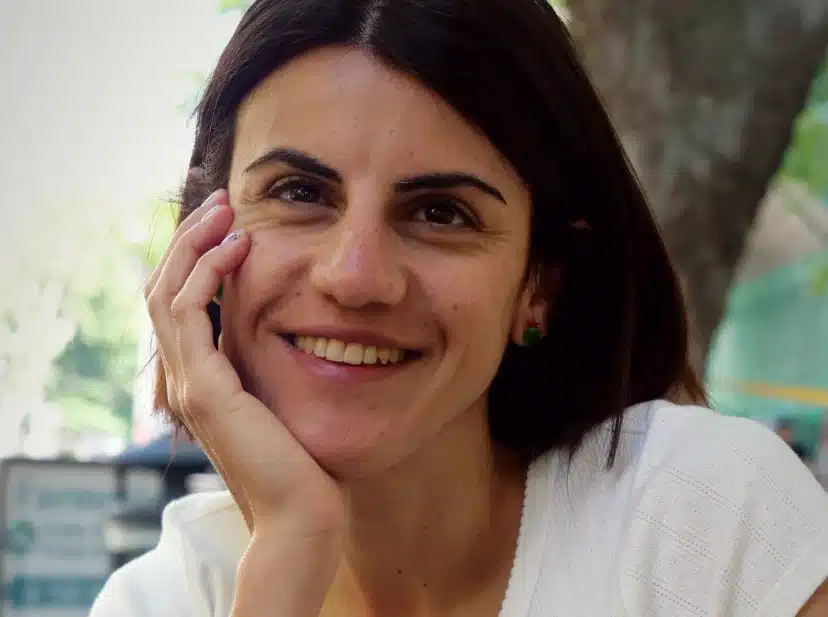The passive voice is used when the focus is on the object of an action rather than the subject performing it.
What’s the Passive Voice?
- Active: Serena teaches the class.
(Focus: Serena — the subject doing the action) - Passive: The class is taught by Serena.
(Focus: the class — the object receiving the action)
Important Rule:
You can only make the passive voice with transitive verbs, i.e., verbs that take a direct object.
Transitive:
- He built a house → The house was built.
- They eat pizza → The pizza is eaten.
Intransitive (no direct object):
- He sleeps → ❌ Can’t make a passive sentence.
How to Form the Passive in Italian
In Italian, form the passive by using:
essere (conjugated in the appropriate tense) + past participle + da (by)
Examples:
- Active: Mio nonno ha costruito questa casa.
- Passive: Questa casa è stata costruita da mio nonno.
(This house was built by my grandfather.)
Examples:
| Active (Italian) | Passive (Italian) |
|---|---|
| Anna ha preparato i biscotti. | I biscotti sono stati preparati da Anna. |
| Marco ha cucinato la lasagna. | La lasagna è stata cucinata da Marco. |
| I bambini fanno il puzzle. | Il puzzle è fatto dai bambini. |
| I romani hanno costruito questo ponte. | Questo ponte è stato costruito dai romani. |
| Il tornado ha distrutto la casa. | La casa è stata distrutta dal tornado. |
Same Examples in English:
| Active (English) | Passive (English) |
|---|---|
| Anna baked cookies. | The cookies were baked by Anna. |
| Marco has made the lasagna. | The lasagna has been made by Marco. |
| The children do the puzzle. | The puzzle is done by the children. |
| The Romans built this bridge. | This bridge was built by the Romans. |
| The tornado destroyed the house. | The house was destroyed by the tornado. |
There are two other ways to form the passive in Italian (advanced), besides the “si” passive and the “necessity passive”.
The passive with “si”
This is a common way to express the passive voice in Italian.
Structure:
si + verb (3rd person) + object
Examples:
Si vedono biglietti = “Tickets are seen” or “You can see tickets”
We focus on the tickets, not who sees them.
Why use it?
- When we don’t know or care who does the action
- To sound more general or neutral
More examples:
- Si vendono libri = Books are sold
- Si mangia bene qui = The food is good here / One eats well here

Test Your Italian
Not sure what your Italian level is?
I’ve created a free online Italian test to help you determine it.
The necessity passive
This shows that something needs to be done, without saying who must do it.
Structure:
va (from “andare”) + past participle
Example:
Va fatto = It must be done
More examples:
- Va finito entro domani = It must be finished by tomorrow
- Va detto subito = It must be said immediately
- Va controllato tutto = Everything must be checked








